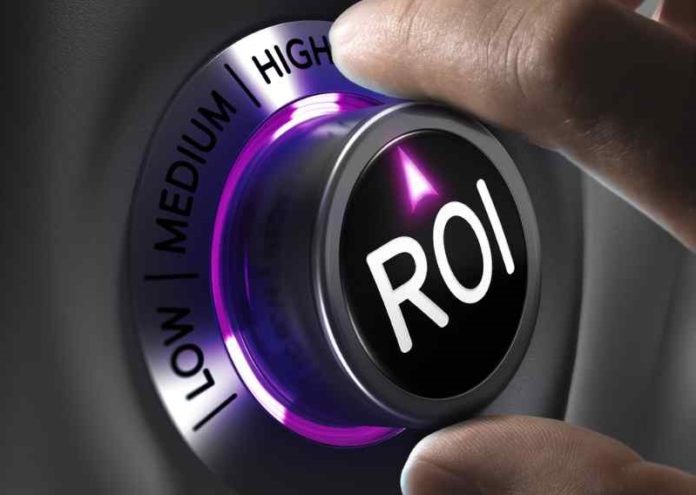By Michael Zhou
Optimizing a website is definitely nothing mind-blowing at this point in the digital age. If you’re a business owner or website manager, you are well aware of what SEO is, and why employing optimization tactics benefit your business. The more optimized your site, the greater online visibility it has via Google ranking in SERPs. Pretty basic formula for website growth and business success.
Now a bit of the more complicated. SEO is not just adding a few keywords to a site, and optimizing the SEO title and meta description. It goes far beyond a few tweaks. There is site speed, time on page, ext percentages, page depth, image and video compression, and more. Let’s not forget user experience (UX) either.
“SEO is a bit more complex than what is seen on the surface,” Skyler Malley, Founder and CEO of Firestarter SEO explained. “You absolutely need to do the small optimization tweaks on the surface of your site. But you also need to look below the surface, like an iceberg, to reveal the larger elements at play for website success.”
And measuring that success is where ROI on SEO becomes a must-do for business owners and site managers. Let’s take a look at how to measure ROI on SEO and why to do it in 2019.
What SEO ROI in 2019 Looks Like
In the past, SEOs would measure ROI using keyword rankings across Google SERPs. This was good when keywords were a stronger ranking signal. However, Google algorithms have shifted to more engagement metrics like:
- Returning visitors
- Time on site
- Email signups
- Registrations
- Leads generated
- Sales
Now the tricky thing about ROI on SEO in 2019, is that SEOs need to connect URLs from referral traffic and other ways of determining where visitors came from to the website. For example, if you spend money on an SEO campaign to increase engagement on a specific landing page, you want to be sure to track the traffic that is going to that page to ensure the optimization efforts made sense.
Reporting ROI for search engine optimization should have a number of elements. These elements include, conversions from specific campaigns, conversions of search traffic (organic and paid), increase/decrease in users and traffic, behavior flow, drop off rate, and conversions over a specific time.
Measuring ROI on SEO
Know the importance of ROI for your website’s optimization campaigns is certainly important. But knowing a little more on how to do it can help you protect your SEO budget and get the results your business needs and deserves. Here are a three essentials for measuring SEO ROI.
1. Keyword Conversion Rate
As expressed above, simply ranking keywords higher on Google SERPs is not the be-all, end-all when it comes to SEO ROI. Keyword conversion, however, is an important factor in determining ROI on SEO in 2019. For instance, you can certainly rank position one for 10 keywords, putting effort into keeping those keywords ranking high.
But what if three of those keywords don’t convert any traffic? Are they still worth dumping SEO time and money into? The answer is probably not as much. This makes keyword conversion rate important, because it allows you to show the actual value of keywords as it relates to growing your actual business, not just making Google happy.
2. Determine Your Business Goals
Simply hiring an SEO agency and handing over bags of cash every month is not the strategy for SEO ROI. You need to communicate with your SEOs and come up with a certain set of goals you want to achieve using optimization tactics. This could be to increase sales leads on specific landing pages, or simply increasing organic traffic to your site in order to reduce the cost of ads.
There is not one set list of goals for every business, because every business is different. What may be priority number one for your business, may be 100 percent useless to another business in a separate industry. Define your goals, so you can track the ROI on the tasks needed to achieve them.
3. Have Realistic Expectations For ROI
One of the biggest issues with businesses not being pleased with SEO ROI is unrealistic expectations. The ads of ranking a business site in two weeks, or 10x leads in one month have made it very hard for real professionals to meet the expectations of clients.
The truth is, optimization results take a lengthy time to start seeing, because quality SEO takes time. Businesses need to know this and work out clear optimization goals that are achievable. 100% growth month-over-month is not realistic. In fact 20% growth isn’t realistic. SEOs should be very transparent with their clients or bosses, letting them know it takes time to get SEO ROI that lasts long-term, as well as being free from Google penalties.
Wrapping Up . . .
Measuring SEO on ROI in 2019 is not as simple as it was in previous years. The focus on engagement and the combination of online metrics with business goals has made reporting a bit harder for SEOs. But the good news is that ROI can be more fluid than ever before, showing how optimization really does play a role in actual business bottom lines.
Michael Zhou is a Senior VP of Business Intelligence Development and has assisted the Fortune 1000 company with expertise in the web as a whole, including ground-zero marketing efforts that benefit both consumer and vendor. He is also contributor on Esprittoday.
ROI stock photo by Olivier Le Moal/Shutterstock







